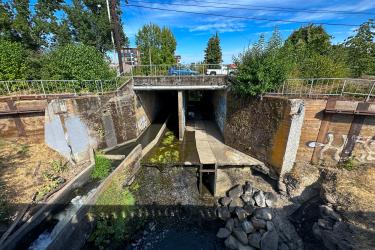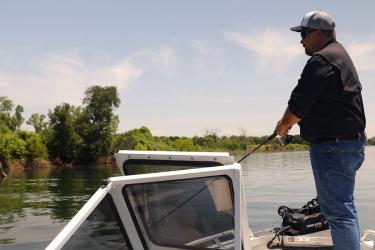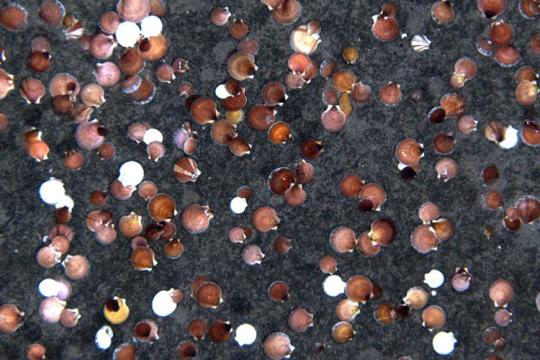On July 30, 2020, NOAA Fisheries announced national-level criteria for vessels to be waived (released) from at-sea observer or shore-based catch monitor coverage requirements. Observer or monitor coverage may be waived, for both full and partial-coverage fisheries, on a trip-specific basis if one of the following two criteria are met:
- Observers or at-sea monitors are not available for deployment; or
- The observer providers cannot meet the safety protocols imposed by a state on commercial fishing crew or by the vessel or vessel company on its crew.
We remain committed to the public health and safety of fishermen, observers, and their communities, while fulfilling our mission to maintain our nation's seafood supply and conserving marine life. Since late March 2020, NOAA Fisheries has been working with West Coast observer and catch monitor providers to implement safety protocols that meet state and Centers for Disease Control and Prevention (CDC) guidelines. Within our limited authority, our efforts are intended to ensure observers and monitors are following the same safety protocols that fishermen are following.
These measures include the following:
- One-to-one observer-to-vessel and plant placement. Observers are assigned to one vessel, and catch monitors are assigned to one plant. If an observer or catch monitor must be reassigned, then the observer or catch monitor must self-isolate for 14 days prior to the new deployment. Alternate arrangements may be made if agreed to by the vessel/plant, observer provider, and the observer/catch monitor.
- Self-isolation for observers and catch monitors. Observers and catch monitors are self-isolating for 14 days prior to first deployment with their assigned vessel or plant and in between trips or offloads. Self-isolation means they are staying home with limited travel for essential trips and only being allowed limited, pre-approved leave.
- Pre-trip screening. Observers and catch monitors complete a pre-trip screening questionnaire before each trip that is designed to ensure that observers are following the provider’s protocols and to screen for COVID-19 symptoms and exposure. Observers and catch monitors that fail the screening are not deployed until they receive a negative COVID-19 test or can complete an additional 14-day self-isolation period.
- Testing. Observers and catch monitors are required to receive a viral COVID-19 test according to CDC guidelines in the following scenarios:
- The observer/catch monitor answers “yes” to any of the pre-trip screening questions.
- The observer/catch monitor is exhibiting signs or symptoms consistent with COVID-19.
- The observer/catch monitor has recent known or suspected exposure to COVID-19.
- When requested by a licensed physician.
- In conjunction with vessel protocols ahead of deployments.
Vessel owners/operators should notify the Observer Program if their vessel or vessel company are following stricter safety protocols than those listed above that they would like the federally-contracted observer to follow. Contact NOAA Fisheries’ Northwest Fisheries Science Center Observer Program at (866) 780-8064 for groundfish fisheries or West Coast Region Observer Program at (562) 980-4033 for highly migratory species fisheries.
Please give the Observer Program at least two weeks' notice of the vessel's specific protocols, and longer if the provider would need additional time to comply with the protocols before deployment. Vessel owners/operators and processors in the West Coast Groundfish trawl fishery should contact their individually-contracted observer/catch monitor providers to discuss specific protocols.
Additionally, NOAA Fisheries is seeking vessels and first receivers that are interested in testing electronic monitoring in lieu of human observers or catch monitors to develop exempted fishing permit applications in all west coast groundfish fisheries.
To discuss applying for an electronic monitoring exempted fishing permit, contact NOAA Fisheries’ West Coast Region, Sustainable Fisheries Division, Permits Branch at (206) 526-4353.






